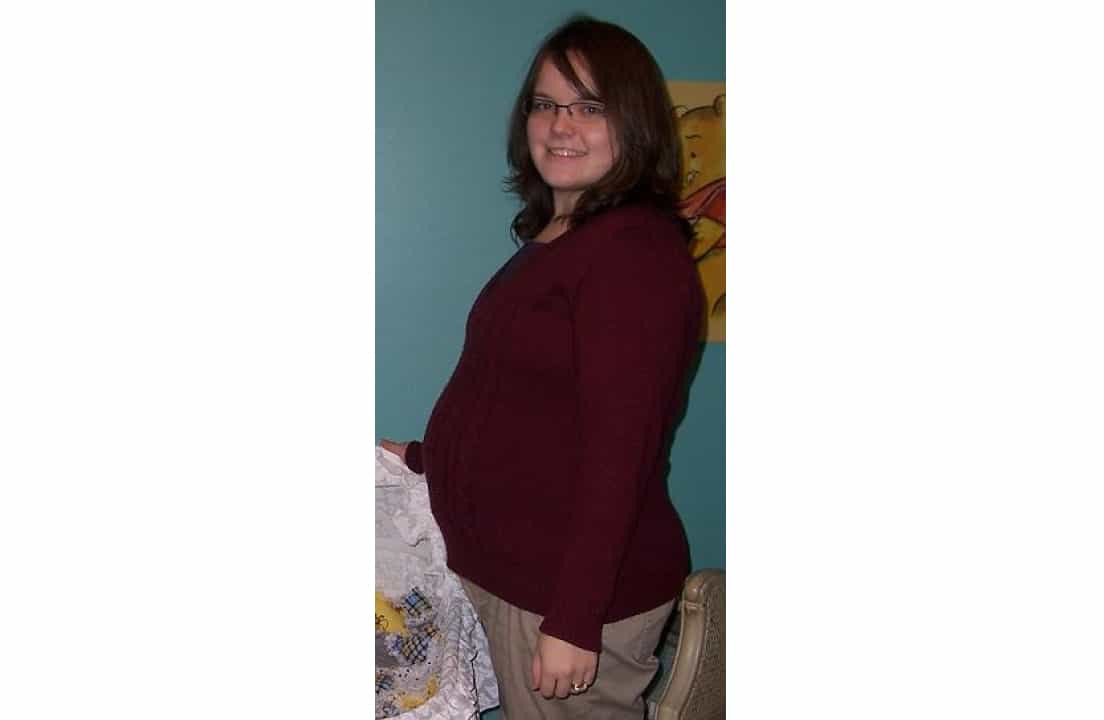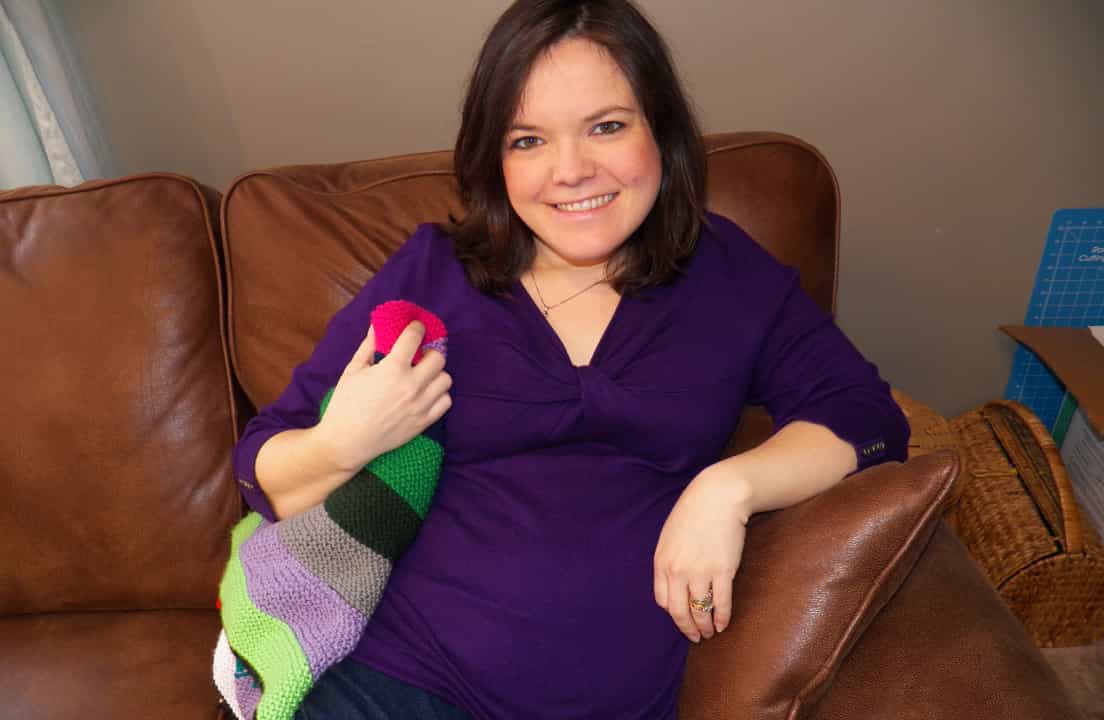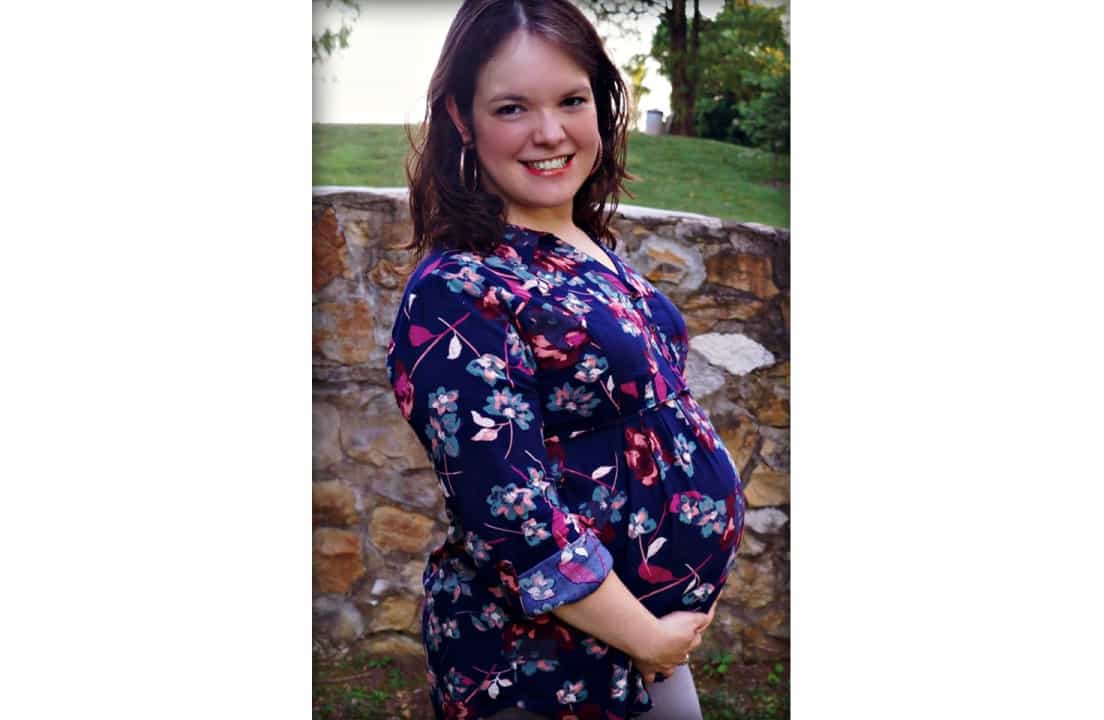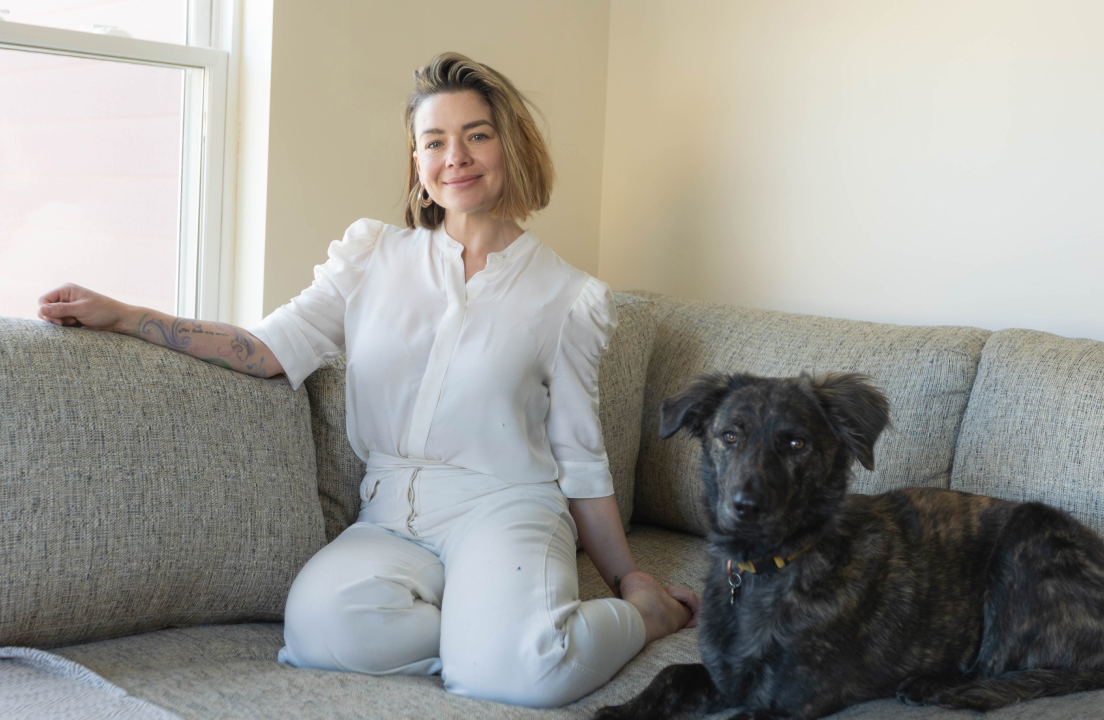T1D Guide
T1D Strong News
Personal Stories
Resources
T1D Misdiagnosis
T1D Early Detection
Research/Clinical Trials
Misdiagnosed for 14 Years with Gestational Diabetes & Type 2 Diabetes
Katie Albers knew something wasn’t right. Her doctor told her she had gestational diabetes during her first pregnancy in 2008. She had no idea that the diagnosis would turn into a 14-year medical mystery.
.jpg)
“I didn’t have any other symptoms that I’d noticed,” recalled Katie, now 44. “My introduction to diabetes was minimal. My doctor just said, ‘You need to go on a low-carb diet, and if you can’t keep your blood sugar below 95 mg/dL in the morning and below 120 mg/dL within two hours after eating, then you’ll have to go on insulin.’”
As a self-described perfectionist, Katie threw herself into managing it.
“I worked really hard to figure out what I could eat,” she said. “I walked a lot, ate really low-carb, and was very meticulous. For my first two pregnancies, I was able to manage my blood sugars with intense diet and exercise.”
After those pregnancies, however, nobody checked her blood sugar or A1c again.
“I was told multiple times that I wouldn’t have any issues when I wasn’t pregnant, so nobody worried about it,” Katie said.

A Growing List of Symptoms — and Frustration
Katie was later diagnosed with Hashimoto’s disease, an autoimmune thyroid disease that runs in her family — but no one connected the dots between her thyroid disease and the possibility of autoimmune diabetes.
By the time of her third pregnancy, things were getting harder.
“I had lost 30 pounds and really hoped it would help prevent gestational diabetes,” she remembered. “But it didn’t.”
Her doctor put her on glyburide, an oral medication used to treat high blood sugar levels, early in the pregnancy.

“It helped, and things went well. But after that pregnancy, my A1c was in the 6s and 7s. They told me my risk of type 2 was higher because I’d had gestational diabetes. So, they put me on metformin.”
The metformin didn’t help much.
“My blood sugars were in the 120s and sometimes the 150s. The metformin wasn’t working, but they didn’t offer any other help.”
“I felt like such a failure.”
By her fourth pregnancy, Katie’s blood sugars were even harder to manage.
“I continued metformin and glyburide, but my blood sugars struggled a lot,” she says. “After my pregnancy, they stayed stuck in the mid-100s. I felt a lot of guilt about it. It felt like I clearly wasn’t eating right or exercising enough.”
As a librarian, Katie’s natural instinct was to research.
“In an effort to lose weight, I did a lot of research. I tried the OMAD diet for one year — eating only one meal a day. That did not help my fasting blood sugars. Then I did a grain-free, sugar-free diet for six months. I only lost five pounds. And my blood sugars didn’t go down at all. I was so frustrated.”
Even after cutting carbs and trying every nutrition approach she could find, her numbers wouldn’t budge.
“Sometimes I feel like God was preparing me with all these baby steps in nutrition education for what I was heading towards,” said Katie.
“I couldn’t read anything because my vision was so blurry.”

In the spring of 2022, everything changed. “I was standing in the aisle at Walmart and I couldn’t read anything because my vision was so blurry,” Katie remembered. “I called my doctor and left voicemails. They didn’t seem very concerned.”
Blurred vision is often an early sign of diabetes that can occur in both type 1 and type 2 diabetes, as high blood glucose levels can cause the lens of the eye to swell.
A few weeks later, she began losing weight rapidly and felt extreme thirst — classic signs of severe hyperglycemia. Still, no one ran the right tests.
“They didn’t do any testing,” Katie said. “Instead, they just put me on Jardiance and Trulicity.”
Her blood sugars went down — but she was unknowingly producing dangerous levels of ketones.
“That summer, I did my own ketone testing with urine strips,” she said. “I told my doctor, and she said, ‘Oh no, that’s just a side effect of Jardiance. You’re fine.”
She wasn’t fine.
When her doctor left the practice that summer, Katie saw a new physician and asked for a continuous glucose monitor (CGM). Her insurance required switching to Farxiga and Ozempic, and for a while, her blood sugars looked okay. But the symptoms came roaring back: thirst, blurry vision, exhaustion.
“For the last five years of being misdiagnosed, I felt like such a failure because I had been told that I could cure it on my own if it were type 2 diabetes,” she said.
The Moment of Truth
Finally, her doctor told her to go to the ER.
“My blood sugars were relatively normal because of the medications, but my ketones were through the roof,” said Katie.
That’s when she took matters into her own hands once again.
“I finally said, ‘Hey, have you ever heard of type 1.5 diabetes?’”
This time, her new doctor listened — and finally ordered autoantibody testing.
“The results were positive!” she said. “I was so thrilled. It was like, YES! I’m not crazy! I do need insulin. The proper diagnosis was a beautiful thing.”
Life with the Right Diagnosis
In December 2022, Katie was officially diagnosed with LADA (Latent Autoimmune Diabetes in Adults) — a slow-progressing form of type 1 diabetes. Her new care team started her on Tresiba and Fiasp, and later she switched to inhaled insulin for her fast-acting needs.
Today, Katie uses the Eversense implantable CGM and feels more in control than ever. “After 14 years of being misdiagnosed, it’s amazing to finally understand what my body needs,” she said.
Looking back, Katie is grateful to have answers finally —but she hopes her story raises awareness for others.
“If you’ve been told you have type 2 diabetes but things aren’t adding up — if medications aren’t working or you’re thin and have another autoimmune disease — ask for antibody testing,” she urged.
“I wish someone had tested me years earlier. But I’m so thankful to finally know what’s really going on.”








.webp)

.jpeg)

.webp)
.jpg)

.jpg)




.jpg)

.jpg)
.jpg)


.jpg)
.jpg)

.jpg)
.jpg)
.jpg)
.jpg)
.jpg)

.jpg)
.jpg)
.jpg)
.jpg)
.jpg)
.jpg)
.jpg)
.jpg)
.jpg)
.jpg)

.jpg)
.jpg)
.jpg)

.jpg)
.jpg)


.jpg)
.jpg)
.jpg)
.jpg)
.jpg)














.jpg)


.jpg)













.webp)





%20(1).png)




.jpeg)






.jpg)













.webp)